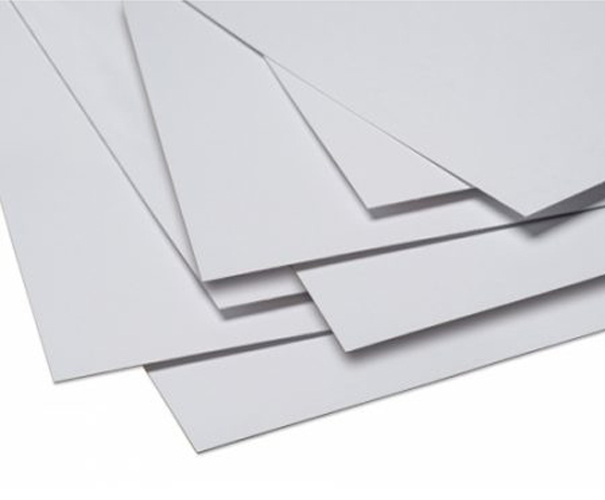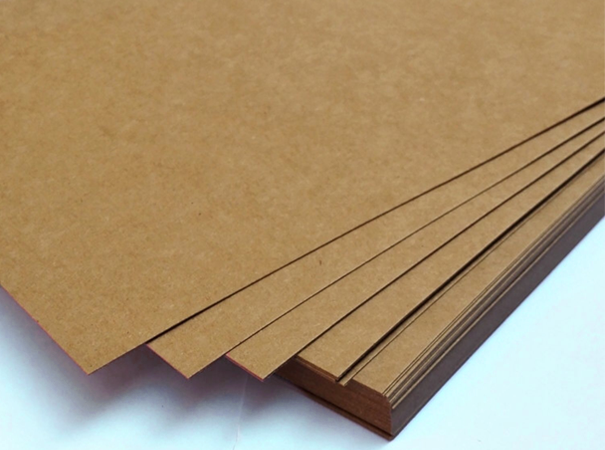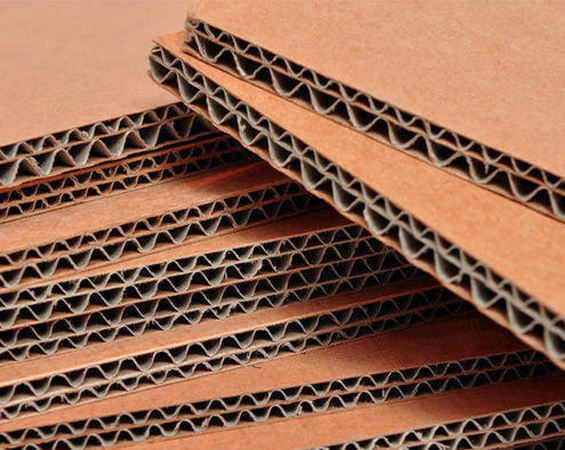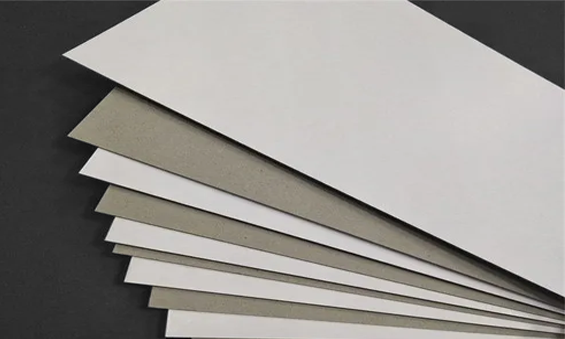Packaging and labelling are interconnected but different in their representative perspectives. Typically, it is assumed that both terminologies are the same, but the packaging is the presentational feature, while labelling refers to the informational content of the company and transportation.
The designing and manufacturing processes are not constant, as they vary from box to box and material types. Custom boxes are versatile enough to come in all sorts of shapes and sizes. They can be made to fit exactly what you need, with different dimensions like length, width, and height, and can have any design printed on them. The same is the case in labelling; the content representational styles and font styles are diverse to meet all product industries.
Moreover, in marketing strategies, packaging and labelling work side by side and contribute to brand recognition, product presentations, and smooth shipment. We will guide you through packaging, labelling, and their differences and similarities. So, dive deep:
What is Packaging?
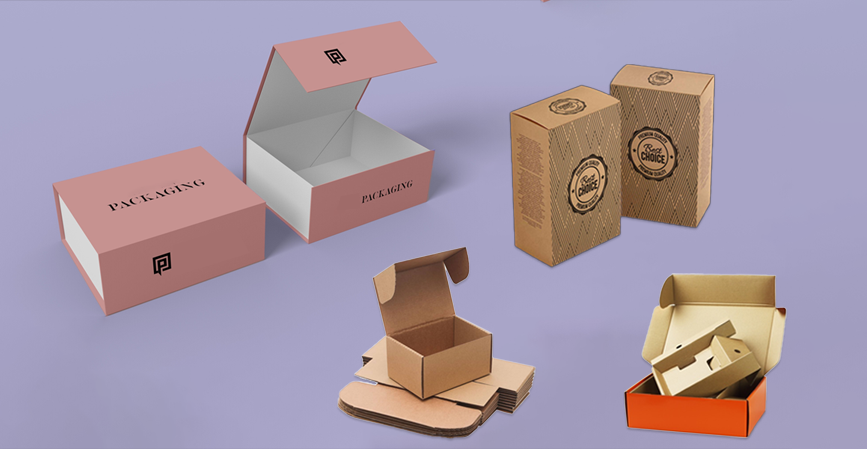
“Packaging is wrapping and protecting products using sustainable wrapping materials – making functional packages like cardboard, rigid, kraft, corrugated, cartons, containers, plastic bags, mylar bags, etc.”
Providing protection is the foremost functional factor of packages therefore in packaging, durable materials along with inserts are used to increase protection modes: plastic, wood, paper, board, sheets, polythene, polyester, clothes, metal, styrofoam, etc.
Other factors are enhancing beauty, ensuring safe shipment, and serving storage place for goods. All these functional qualities are part of marketing strategies to gain the customer’s attention and make him buy your products.
What is Labelling?

“Package labelling displays information on the packages or products – names, texts, designs, artwork, logos, restricted logs, and how to use them.”
Product labelling is more concise in filling legal requirements of packaging safety information, ingredients, recycling process, nutritional quantities, and temperature-controlling measurements – under the session Competition and Consumer Act 2010. Label on the product varies as per shipment requirements, geographical aspects, and customer demands. This also distinguishes labelling into three categories: Brand Label, Descriptive label, informative label, and Grade label.
Product Packaging Vs Product Labelling – Key Differences
Packaging and labelling involve different processes, but the similarity is that both are used to sell products and ship them to customers. Let’s check Packaging VS Labelling:
| Differences | Packaging | Labelling |
| Definition | Packaging is designing packages to secure products. | Labelling is putting infographics and information onto the product or package. |
| Beauty Aspects | It is more indulged in enhancing the beauty of the products as it signifies the items with compatible packaging | It works as a minor add-on in signifying the beauty of the products. |
| Objectives/functionality | It provides high-end product protection and reduces environmental impacts like humidity for items. | It just increases the information of the receiver and does not play any role in product protection. |
| Designing and Creativity | Packaging has complex and standardized designs regarding the products’ shapes, sizes, and dimensions. It hypes the product presentation and contributes to creating a good brand image. | Labels are usually simple, with plain font texts. They are used to communicate with consumers, so companies keep these informative dialogues simple and easy to read. |
| Customer’s Buying Approach | Almost 75% say they buy the products by looking at their packaging and wrapping styles. That means it has a great impact on customer’s buying decisions. Good packaging leads to more efficient customers efficiently. | Labelling is simple and provides details of the products; therefore, it is less appealing and less attracts clients. So, it has a minor impact on customers’ buying decisions. |
| Features | Boxes, containers, plastic bags, eco-friendly packaging, etc. | Fonts, images, colours, logo |
| Labels | Packaging Label Examples include contact details, branding, pricing, and safety warnings. | Product label examples include product ingredients, instructions, warning labels, and care instructions. |
How To Make Perfect Label and Packaging Design?

The terminology represents visual creativity and informational content to attract customers efficiently and provide essential details of the products. But how can you make a perfect product design, including packaging styles and labels? So, for your convenience, we are going to present you several steps through which you can get a fascinating design for your items:
- Take Dimensions Of The Product Style: Look at the product’s shape and measure its dimensions and size.
- Make Diecuts And Layouts: Design the die-cut styles and layouts according to the product measurements. Custom packaging boxes have customized dimensions that vary respectively.
- Gather Informative Label Content: Collect the correct informational data, compile it, and summarize it for the product description. Add the logo, brand name, colour schemes, selective fonts, how to use, ingredients, where to put them, the number of substances, manufacturing industries, etc.
- Make A Rough Sketch: Using all elements, make a rough sketch on the artboard and check the element placement precisely.
- Finalize the Design: Check the packaging and labeling thoroughly, and if you need to make any changes, make them and finalize them.
Advantages:
Let’s have a detailed note on them:
Visual Creation:
Label and package design focuses on beautiful and catchy visuals, such as typography, colors, designs, fonts, and logos, to evoke buyers’ attention and emotions.
Recognition and Branding:
Packaging and labelling work together to promote the name of brands and companies. The branding tools, logos, and design elements introduce identification aspects for viewers and make them recognise your brand.
Medium of Communication:
All the infographics work to bridge the gap between products and their consumers. Labels provide essential information about the products, including using methods, storage techniques, and ingredients. People can learn the time duration and expiration dates for safety purposes.
Eco-friendly and Affordable:
Packaging and labelling are exclusive, but both processes are cost-friendly. Industries do not need to spend much money to manufacture packaging boxes and write informatics on them. Also, they use sustainable packaging and biodegradable material in manufacturing and printing processes. Moreover, modern companies use less and minimal designs to highlight the eco-friendly nature of packages.
Conclusion
Compiling the article, I must say that Packaging and Labeling are the most important factors for marketing and distinguishing your products among big industries. Packaging is all about making your products protective and catchy for the viewers, while labelling provides all the information onto the box or on the product. Therefore, to make your products look beautiful and attractive for viewers, go for both simultaneously and make your products worth buying.








